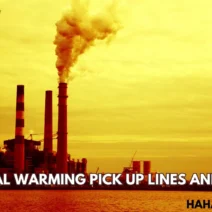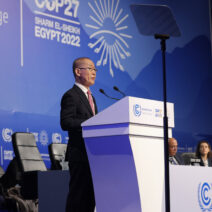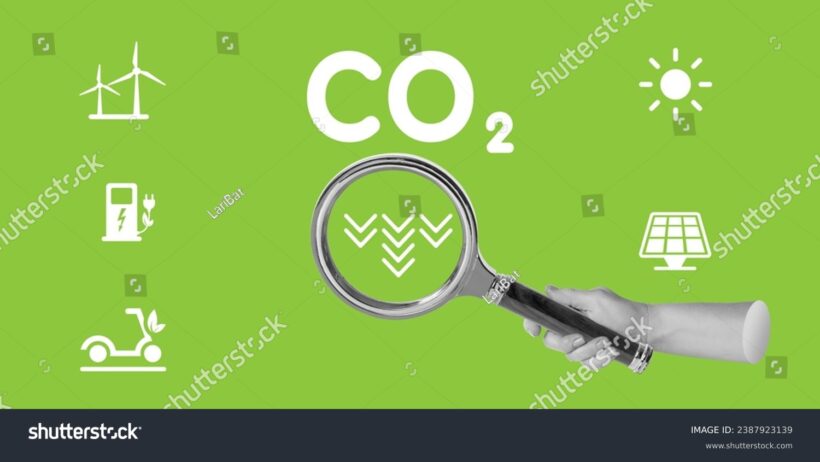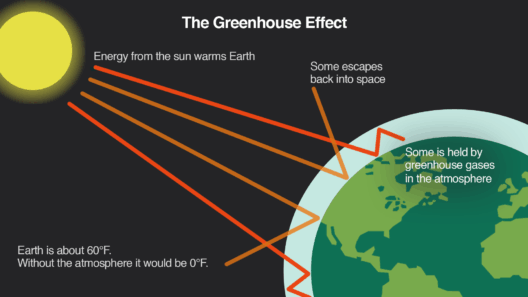The specter of global warming looms large over our collective future, a formidable challenge that requires an urgent reevaluation of our relationship with the planet. Just as an artist meticulously balances colors on a canvas, so too must we blend innovative strategies to forge a harmonious existence with our environment. The tapestry of climate action is rich and multifaceted, woven from the threads of policy, technology, and individual responsibility. To mitigate the relentless march of carbon emissions, we must delve into proven solutions that offer tangible pathways to sustainability.
Understanding the Enigma of Carbon Emissions
At the heart of the global warming crisis lies the enigma of carbon emissions. These persistent greenhouse gases act like a warming blanket around the Earth, a necessary comfort that has become a stifling shroud. The primary culprit, carbon dioxide (CO2), is predominantly generated through the combustion of fossil fuels in sectors such as transportation, industry, and energy production.
The phenomenon can be likened to a Morris dance, where the complex interactions between economic growth and environmental stewardship sway in a delicate balance. Each step towards innovation and reform can stall or affront climate progress, depending on our direction and intent.
Embracing Renewable Energy: A Bright Horizon
The most luminous beacon in the fight against global warming is undoubtedly the transition to renewable energy sources. Solar, wind, hydroelectric, and geothermal energy provide us with the tools to harness natural phenomena, transforming sunlight, wind currents, and the bounty of water bodies into usable power.
Picture a colossal wind farm, turbines spinning like giant pinwheels, generating electricity without releasing a single molecule of carbon into the atmosphere. The United States has made considerable strides in renewable energy adoption, which has seen up to 21% of electricity generated from renewables in recent years.
Moving forward, the goal is to not just increase these percentages but to create a heartfelt and resolute transformation in how we approach energy consumption and production. The integration of energy storage technologies, such as advanced batteries and grid-scale solutions, will bolster the reliability and efficiency of renewable systems, enabling us to draw from these infinite resources any time the need arises.
Energy Efficiency: Reducing Waste is Key
Energy efficiency emerges as another potent weapon in our arsenal against carbon emissions. The principle is simple yet profound: using less energy to perform the same task eliminates unnecessary waste. Herein lies the beauty of efficiency—a profound shift in our operational ethos that can exponentially reduce carbon output without sacrificing comfort or functionality.
Imagine a world where buildings are not only structures but living entities, breathing in harmony with their environment. The implementation of smart technologies like programmable thermostats, energy-efficient lighting, and high-performance insulation can help us achieve monumental improvements.
In fact, the U.S. Department of Energy estimates that implementing energy-efficient solutions in homes and businesses could save as much as 30% of energy consumption. These circular strategies foster a responsible energy culture, ushering in a new age where sustainability becomes our hallmark.
Transportation Transformation: Steering Towards Sustainability
The transportation sector presents both challenges and unparalleled opportunities in curbing carbon emissions. The ubiquitous reliance on fossil fuel-powered vehicles presents a significant hurdle; however, the pivot towards electric vehicles (EVs) heralds a new dawn.
Visualize bustling city streets adorned with silent, gliding electric vehicles—clean, green, and free from the noxious fumes that have historically plagued urban air. With a rapid expansion of charging infrastructure, coupled with innovative incentives for consumers, the trajectory of the automobile industry is shifting dramatically.
Moreover, investing in public transportation systems serves as a catalyst for change. As we weave an interconnected fabric of alternative transport modalities—bikes, trams, and buses—we establish a framework that not only curtails individual carbon footprints but also fosters community engagement and a collective sense of responsibility.
Carbon Capture and Storage: The Trickster’s Veil
In the realm of advanced technology, carbon capture and storage (CCS) stands as a formidable contender against atmospheric carbon. This marvel of modern engineering operates akin to an elaborate ruse, capturing carbon dioxide emissions from industrial sources before they can dance their way into the atmosphere.
By burying these emissions deep underground or repurposing them into useful products, we conjure the possibility of a world where emissions no longer dictate our fate. While the concept may sound like a plot from a science fiction novel, its implementation is already underway in various parts of the world, proving that innovation and ambition know no bounds. However, discussions surrounding the ethical dimensions and potential consequences of large-scale carbon capture must not be overlooked, as they form the backdrop against which this technology is evaluated.
The Role of Policy and Individual Action
The collective might to halt global warming cannot thrive without robust policies backing our efforts. Policymakers play a critical role in shaping the regulatory frameworks that govern emissions, incentivizing renewable energy production, and fostering a culture of sustainability.
Through mechanisms such as carbon pricing and subsidies for green technology, governments can accelerate the transition towards a low-carbon economy.
Yet, amidst these grand strategies, individual actions resonate like ripples in a pond. Each conscious decision—be it reducing waste, opting for public transit, or supporting sustainable brands—cumulatively contributes to the larger mission.
In this dance against global warming, every step taken is vital; from grassroots initiatives to legislative reform, we compose a symphony of proactive engagement in the quest for environmental stewardship.
Conclusion: A Collective Journey
As we forge ahead in this intricate journey to halt global warming, we must embrace the diversity of solutions at our disposal. From harnessing renewable energy and enhancing energy efficiency to reinventing transportation and leveraging innovative technologies, the path is undeniably rife with challenges and opportunities.
A shared resolve and unyielding dedication will illuminate our way as we work collectively to protect our planet. In the grand mosaic of life on Earth, every action counts. Through the tapestry of innovation, policy, and individual responsibility, we can stop global warming, safeguarding our planet for generations to come.








